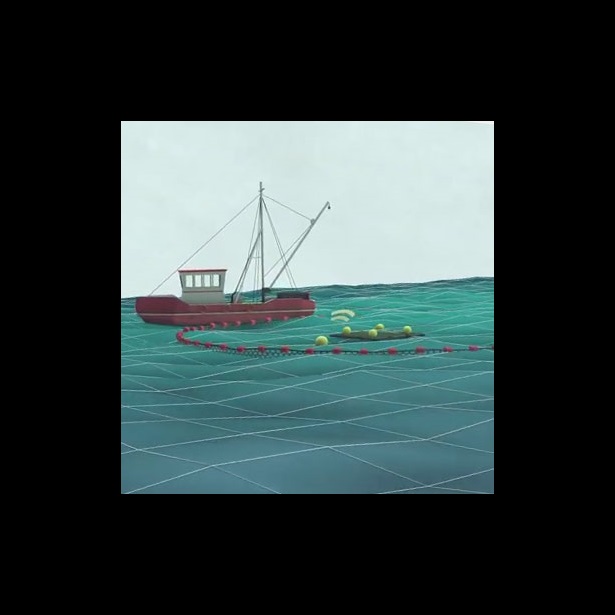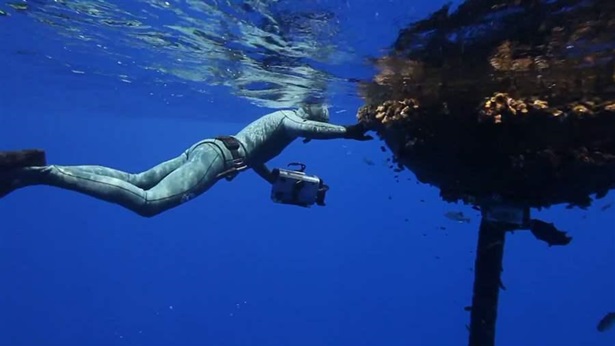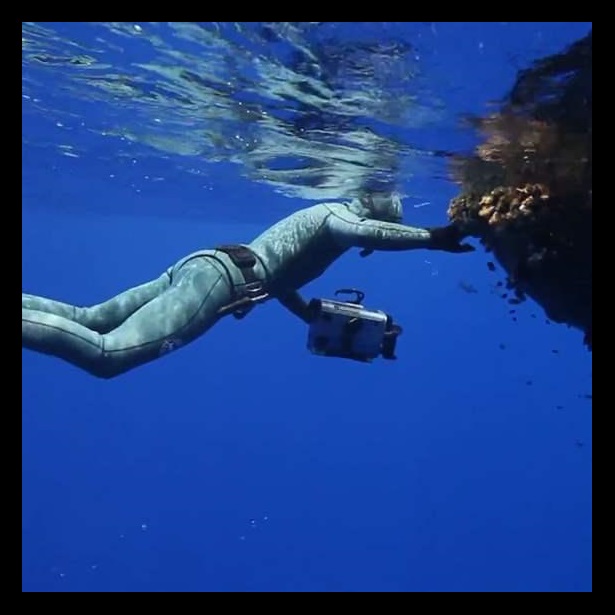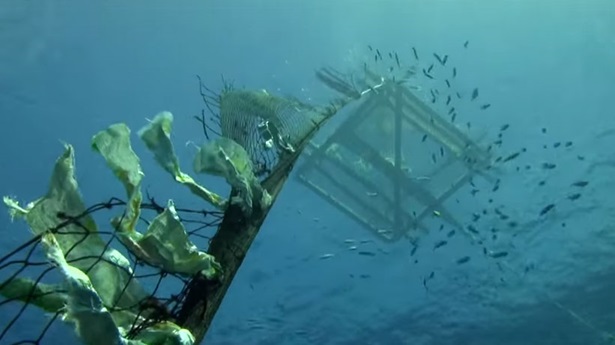Fish Aggregation Devices
The term FAD stands for “fish aggregating device,” and generally refers to artificial structures that are deployed in the ocean to attract schools of fish.
FADs function as open-ocean “meeting points” with multiple species gathering underneath them. FADs extending 50 meters down can be made from a variety of materials, including bamboo floats, plastic ribbons, palm fronds and old nets. They can be adrift for years at a time and attract a wide variety of marine life, including skipjack tuna, sharks, billfish, juvenile yellowfin and bigeye tuna, and sea turtles, many of which end up dead or dying as part of the overall catch. FAD fishing is widespread and growing because of its increased efficiency—meaning more fish are caught with less effort. This method is used to catch almost half of the world’s tuna and is driving the overfishing of bigeye tuna across the Pacific Ocean.
To date, there are no publicly available estimates of the number of drifting fish aggregating devices (FADs) deployed by industrial tuna fisheries. Despite the ecological consequences of unmanaged FAD use, no transparent systems are in place to regulate the deployment and tracking of this gear, which catches almost one-half of the world's tuna.
The Pew Environment Group took on the task of developing a ‘back of the envelope’ estimate of how many drifting FADs are currently in use, while acknowledging that it would be a challenging exercise and the results both imperfect and preliminary. Collating data gathered using three separate methodologies, we were able to conclude that the number of drifting FADs put into the oceans each year ranges from 47,000–105,000.
Our aim in undertaking this analysis was to initiate a conversation with all stakeholders about the scale of use of drifting FADs and the need to better monitor and regulate this fishing gear. With more and improved data our understanding of the true extent of fishing effort can grow, science and stock assessment improve, and, ultimately, decision makers can adopt more sustainable management measures. This better understanding will also help in the clamp down on illegal fishing and illicit practices.
















